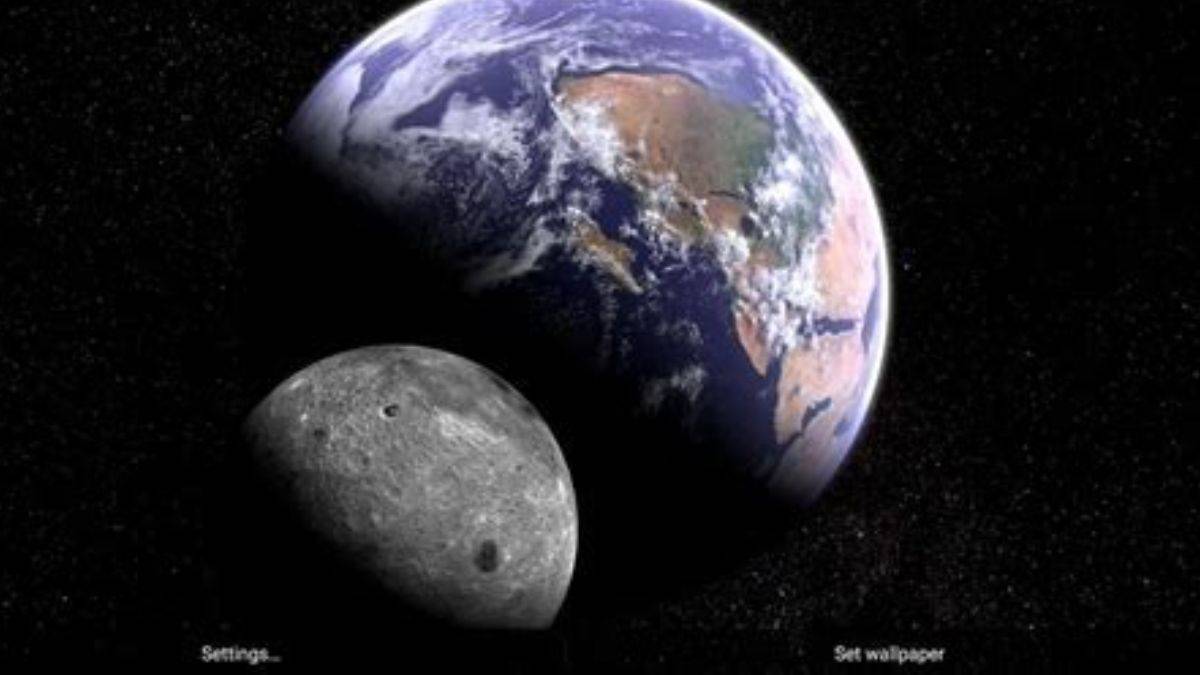What will happen if moon stops orbiting around the earth?

Why Does the Moon orbit around the Earth?
The only naturally occurring, permanently positioned satellite of the Earth is the Moon, but how did it get there and why did it even start orbiting the earth in the first place?
What justifies the Moon’s orbit around the Earth, then? This is due to a phenomenon known as the Hill Sphere. The Earth’s gravity dominates and can defeat that of a much larger and farther away object in this region of space (The Sun). The Earth and Moon are subsequently dragged toward the Sun.
The Sun exerts nearly two times as much gravitational attraction on the Moon as does the Earth.
Every object in space, including planets, moons, and stars, has a region surrounding it where its gravity, despite its greater mass, is stronger than that of an object farther away.
What we have here is the Hill sphere. The position of three celestial bodies near one another’s Hill Spheres determines how they move when they interact through gravity.
The area where a body’s gravitational pull supersedes that of other (usually larger) nearby bodies is known as the Hill Sphere of that body.
It is affected by the semi-major axis, the eccentricity of the orbit, and the independent masses of the constituent parts.
The Hill sphere, which encircles the Earth, has a radius of around 1.5 million kilometers, which is more than enough to fit the moon’s orbit. If the Moon were any farther away or if both the Earth and Moon were any closer to the Sun, it wouldn’t orbit us here on Earth.
It is essential to keep in mind that Earth’s gravity predominates inside the Hill sphere while the Sun pushes Earth and the Moon together (almost as one entity together).
Although it orbits the Earth more closely, the moon orbits the Sun indirectly.
Here are some interesting facts about Moon orbiting around Sun
-The Moon’s whole orbit around the Earth takes around 27 days.
-The Moon rotates synchronously. This indicates that it always faces Earth with the same face.
-Both the Moon and Earth revolve about their axes in the opposite direction of how the Sun and Earth orbit each other.
-The Moon’s orbit around the Earth resembles a nearly round ellipse.
-The Moon is more impacted by Earth’s gravity than the Earth is by the Moon since it has a lower mass.
-The Moon has a significant impact on our ocean tides, which is one of its most significant effects on Earth.
What would happen if the Moon stops orbiting around the Earth?
Before I answer this question, you should be aware that this is probably never going to happen. No such event has any chance of happening unless a massive planet like Mars approaches the Earth-Moon system.
The moon’s interaction with the tides in its orbit around the earth has greatly slowed the Earth’s rotation over the past 4 billion years. This rotational energy has moved the moon into a higher orbit. The moon continues to move farther away from us each year, moving a few centimeters away.
The biggest impact if the Moon were to separate from Earth would be the absence of tides on Earth. Tides are caused by variations in the equatorial regions’ gravitational force, where the portion of Earth closest to the Moon is subjected to a stronger gravitational attraction than the region of Earth farthest from the Moon. Consequently, high and low tides form in diverse locations on Earth.
Beyond tidal pressures, the Moon has no other geological or climatic effects on Earth. There will be worries about things like the Moon no longer lighting up the night sky and the end of solar eclipses, but neither the geology nor temperature of the Earth will change.


